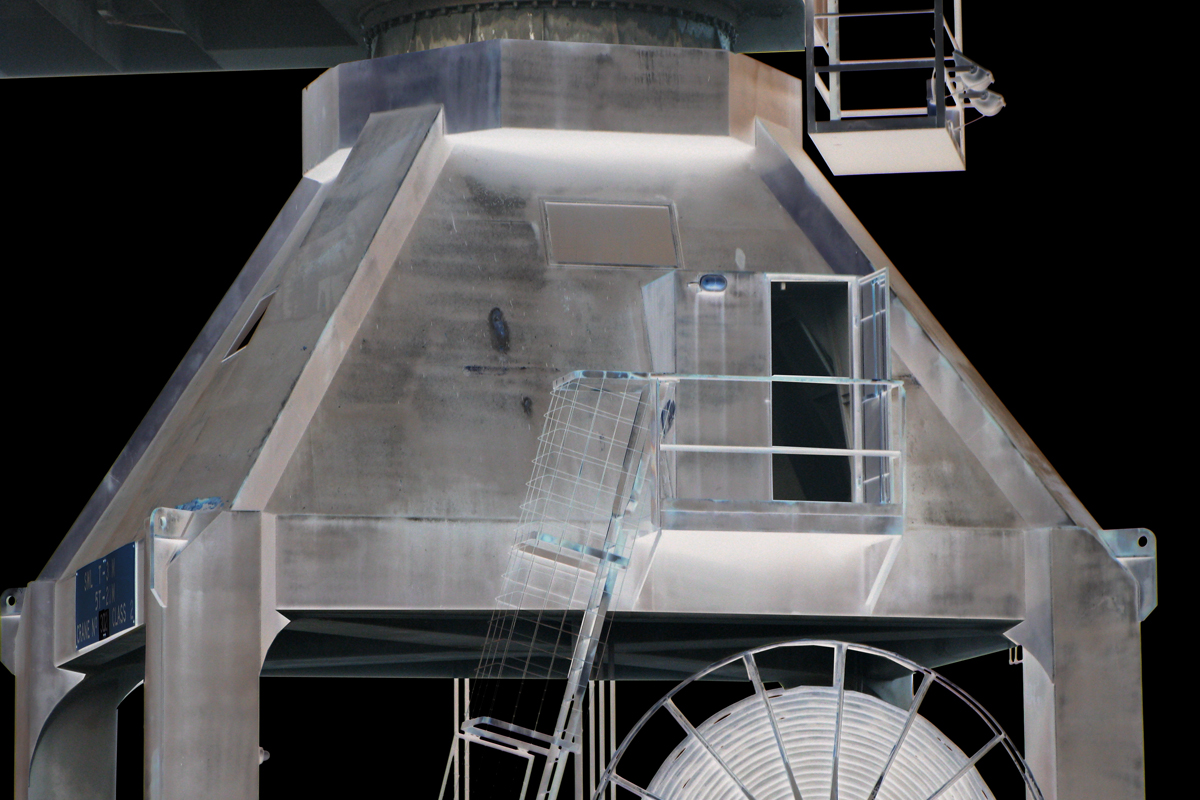Runic Engine: Industrial Dreaming
8 Nov-10 Dec 10 2016, Sonoretum, Kapelica Gallery Lubljana, Slovenia

The 'Runic Engine' is a chance-based compositional structure derived from the format of a simple reading of the divinatory symbols called Runes.
In the traditional version of a reading the first rune represents the present, the second the action, the third the future outcome. Using Max/MSP programming this format has been co-opted to become a chance based compositional process.
In the 'Runic Engine' there are 16 possible 'Sound Runes' each comprising three different modules (a beginning, middle, end). Once a 'reading' has been triggered a randomiser dictates which Sound Runes play and in what order. The results accumulate with paired speakers added for each section to eventually become a 6-8channel composition. Using a set of 16 Sound Runes, there are 3,360 possible compositions.
In a traditional Rune reading, a person asks a question of the Runes to seek a fortune, for the Sonoretum, the 'Runic Engine' has been set to run autonomously. The machine/computer is continuously seeking its own future, compiling and recompiling it’s compositional fortune tellings.
In this iteration the 'Runic Engine' utilises sound modules developed from industrial field recordings gathered from manufacturing zones around Sydney, Australia, which have then been multiply manipulated to become compositional fragments. It is human inclination to turn to nature for spiritual inspiration, but here the interest is in what our machines can tell us, and what perhaps they are telling themselves.
Concept and sounds: Gail Priest
Max/MSP programming: Wade Marynowsky
Photo: Samuel James
Support: Australia Council for the Arts
The Sonoretum is run by Kapelica Gallery in collaboration with Egon March Institute and supported by the Ministry of Culture of the Republic of Slovenia and the Municipality of Ljubljana - Department for Culture